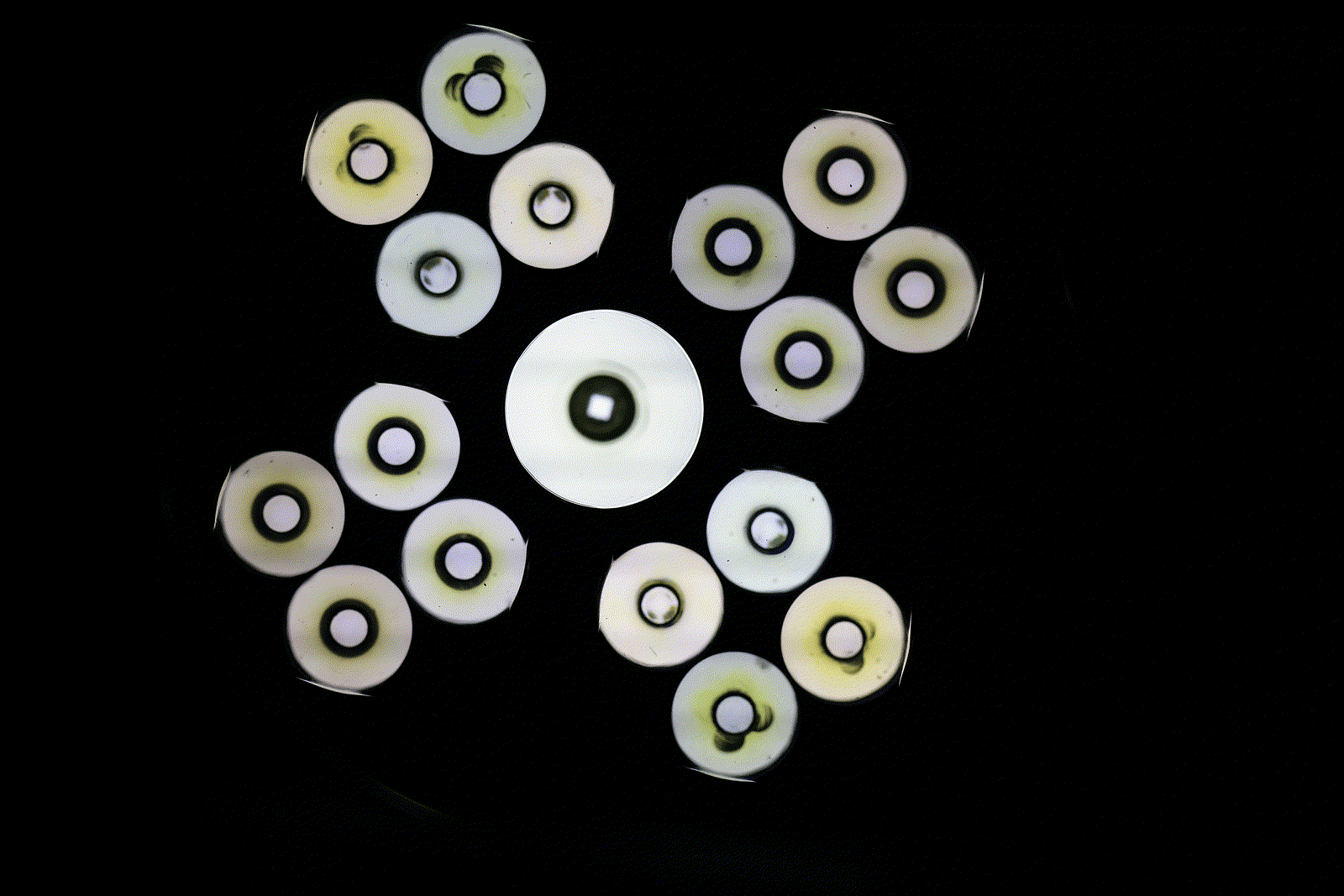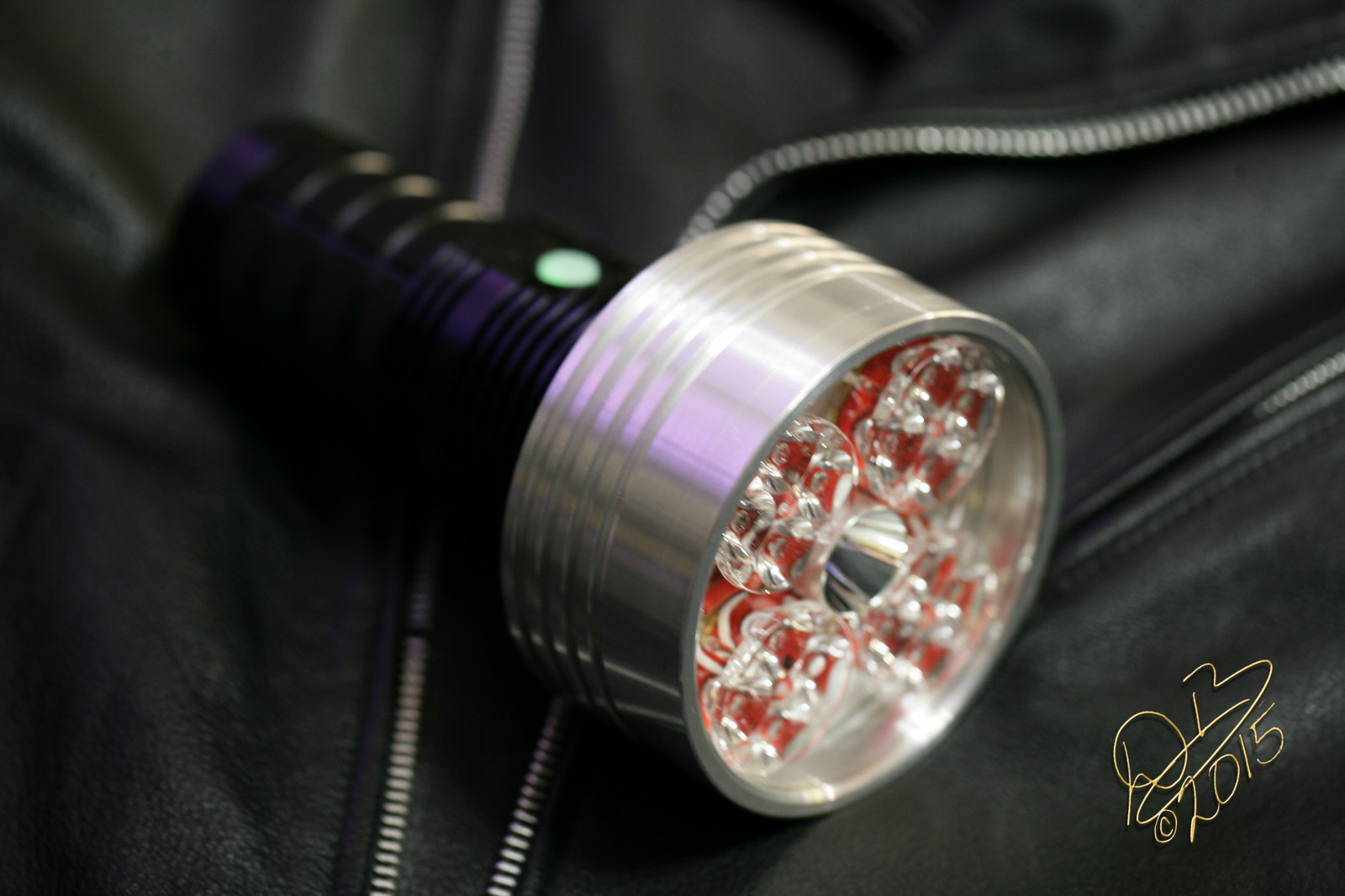Olight likes press fit bezels that can be difficult to remove…
Dale, are we going to get more pictures of your ultra mega Q8?
@Dale, thanks.
On the basis of what I had to do to get inside :weary: I can vouch that the i3T is built to be fairly water and drop resistant.
What attracted me to the light was the runtime & regulation they managed to squeeze out of an ordinary AAA and the forward clicky. And now with a great tint, it’s a tri-fecta :+1:
It took a 10mm mcpcb. The Philips Luxeon PCB was not reuseable/reflowable as it has different footprint than typical Nichia/Cree 3535 X-type (it’s also not metal core). Same for the lens, the few things I tried didn’t work, including taking heat to the lens to soften any glue…that only distorted the plastic lens :person_facepalming: after which it didn’t matter any more. Fortunately I had a salvaged 12mm glass lens I was able to use instead.
As far as I could tell there’s nothing to unscrew. The LED & lens assembly appear to be press fit and/or glued in. This light does not appear to be built to be modded/serviced but then that’s what makes it more robust.
Unlike most other AAA lights I’ve tackled which typically involve a small pill that is complete with driver and LED MCPCB, the i3T is designed more like some larger lights using an integrated shelf. Here’s a peak under the LED PCB, the shelf facilitates direct heat transfer to the body.

I still don’t get how you removed the optic/glass/LED
I removed it by inserting a tiny thin mini-screwdriver in from one side and wigging side-to-side to break any bond/glue. Once the bond/glue was loose, it pried out.
Perhaps if done carefully, one could salvage the soft plastic lens for re-use (sans any damage to the edge where the screwdriver went in) but in my case it was already deformed from trying heat so I made no attempt to preserve it.
Afterwards one could either try pressing the lens back in or replacing it with another, in my case I did the latter with a glass lens that I glued in.
On my big Quad quad plus one light, I was looking at the empty spaces this morning and trying to figure out how to finish that off… Two of the 4 spaces have a “T” intersection of the 18ga Teflon positive wire crossing the 14Ga Red Turnigy, so that needs to be sealed and capped. So I got to thinking, and looking around…. I would like to use 2 of the Sofirn carriers with 8 cells when all is said and done, so it will be 8 18650 cells powering up 5 drivers to 4 Quads and the output really hammers, right? So I found a new cartridge developed just this year for a specialized custom AR-15… the .458 HAM’R! I’m inquiring with brass companies to see if I can get a few pcs of this brass to fit into the voids here, maybe even put small SMD emitters in the primer cup and run these with the switch light for a glow up top. ![]() I can use Sugru (uncured Silicone) under and around the electrical connection and also to glue in a cut down .458 HAM’R brass cartridge such that the headstamp is up against the lens like the Quad optics and center reflector. Lighting it may be more than I want to bite off, but I could certainly fill the primer cup with a glow in the dark powder and cut a window in the side of the cartridge to allow this powder to charge when the lights are illuminated.
I can use Sugru (uncured Silicone) under and around the electrical connection and also to glue in a cut down .458 HAM’R brass cartridge such that the headstamp is up against the lens like the Quad optics and center reflector. Lighting it may be more than I want to bite off, but I could certainly fill the primer cup with a glow in the dark powder and cut a window in the side of the cartridge to allow this powder to charge when the lights are illuminated. ![]()
Anyone got any once fired .458 HAM’R brass laying around? ![]()
I keep seeing you mention “dedomed and sealed” - what does sealed mean in this context?
Richard managed to de-dome the SST-40 and then he sealed it with LED Seal to protect the bond wires. I’ve never used the stuff, but it appears to be a clear almost epoxy like stuff that is put on like one drop, it spreads and covers the die and bond wires and leaves a thin durable coating, like a micro dome.
How significant is this compared to just slicing above the wires
I thought Richard does a close slice then polish for the SST40. Rather than a true dedome due to the common problem of the weak SST40 bond wires. That’s what it looks like from the ones I’ve got from him. Unless he’s changed his process.

This is the first of my 3535GAW drivers, well not this one, this one is built with all recycled parts off the bench for testing and design verification purposes (digikey order en route) but this is the quad AT-008 one up and running anduril.
Thank you for that pictures. That makes something clear.
I was thinking about, how you will fit these LEDs inside a small Q8 head.
With this new head, you have more terminal heat mass.
Is the new head only screwed to the bezel-threads?
Is there some free space where the former LEDs and the reflector was? Or goes your new aditional head down to the old LED-Shelf?
Whats the diameter of the head?
Very good work Dale!!!
I shaped the end of a 4” bar of 6061 to fit down into the Q8, seating firmly on the original emitter shelf and threaded into the bezel threads. There are more threads in the light than the bezel shows so it takes several revolutions to screw this piece all the way down. The two screws that once kept the reflector from turning now lock this new head in place.
With 4 Samsung 25S cells the light weighs 3 lbs 2 oz. ![]()
It’s not torch related but it’s a mod -
I had a 3s lipo pack kicking around I made it into a phone power bank. It’s not huge capacity but it will do QC2 ![]() Only issue is I have to charge it with a hobby charger through the balance tap. It’s all hard wired and epoxied. I’m thinking I could’ve shortened the cable I little too but never mind.
Only issue is I have to charge it with a hobby charger through the balance tap. It’s all hard wired and epoxied. I’m thinking I could’ve shortened the cable I little too but never mind.
Nice charge rate to the Ol Samsung! When it works, it’s ALWAYS a good thing! ![]()
Thanks Dale ![]()
How come you don’t make a build thread for that monster?
I put a rosy 219B R9080 sw45k into a Zebralight SC64c. ![]()
Many thanks to Bob_McBob for the inspiration and detailed tips! ![]()
I sanded down a cheap screwdriver to pry the bezel out, which went smoother than I expected.
I used a hook made out of a safety pin to pull the driver out.
My friend’s hot air station only had large square nozzles for BGA processors, so I made a thin one from aluminum foil.




